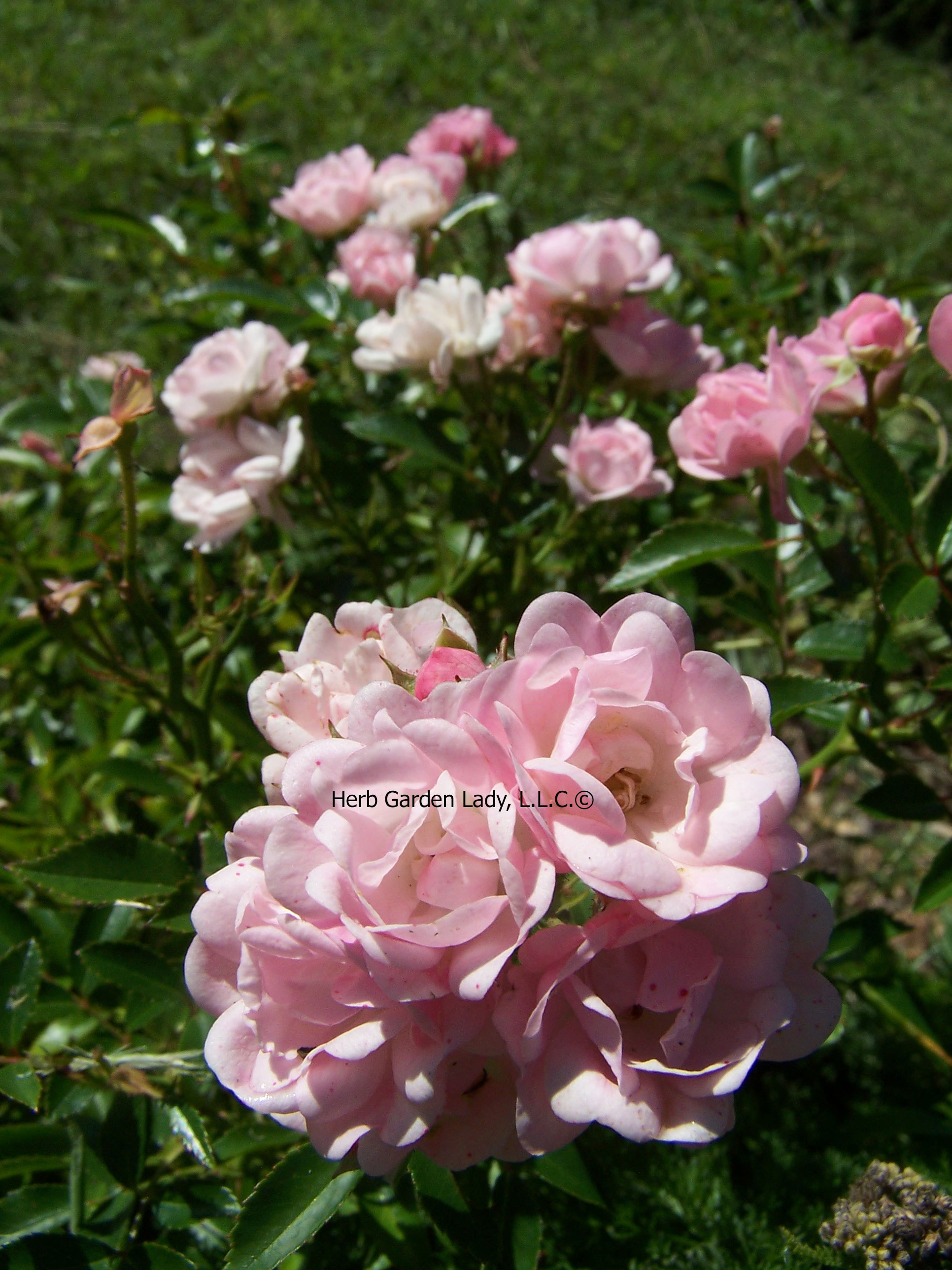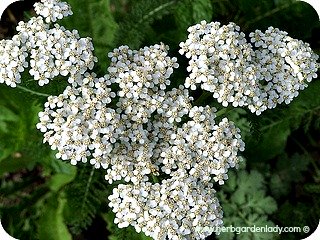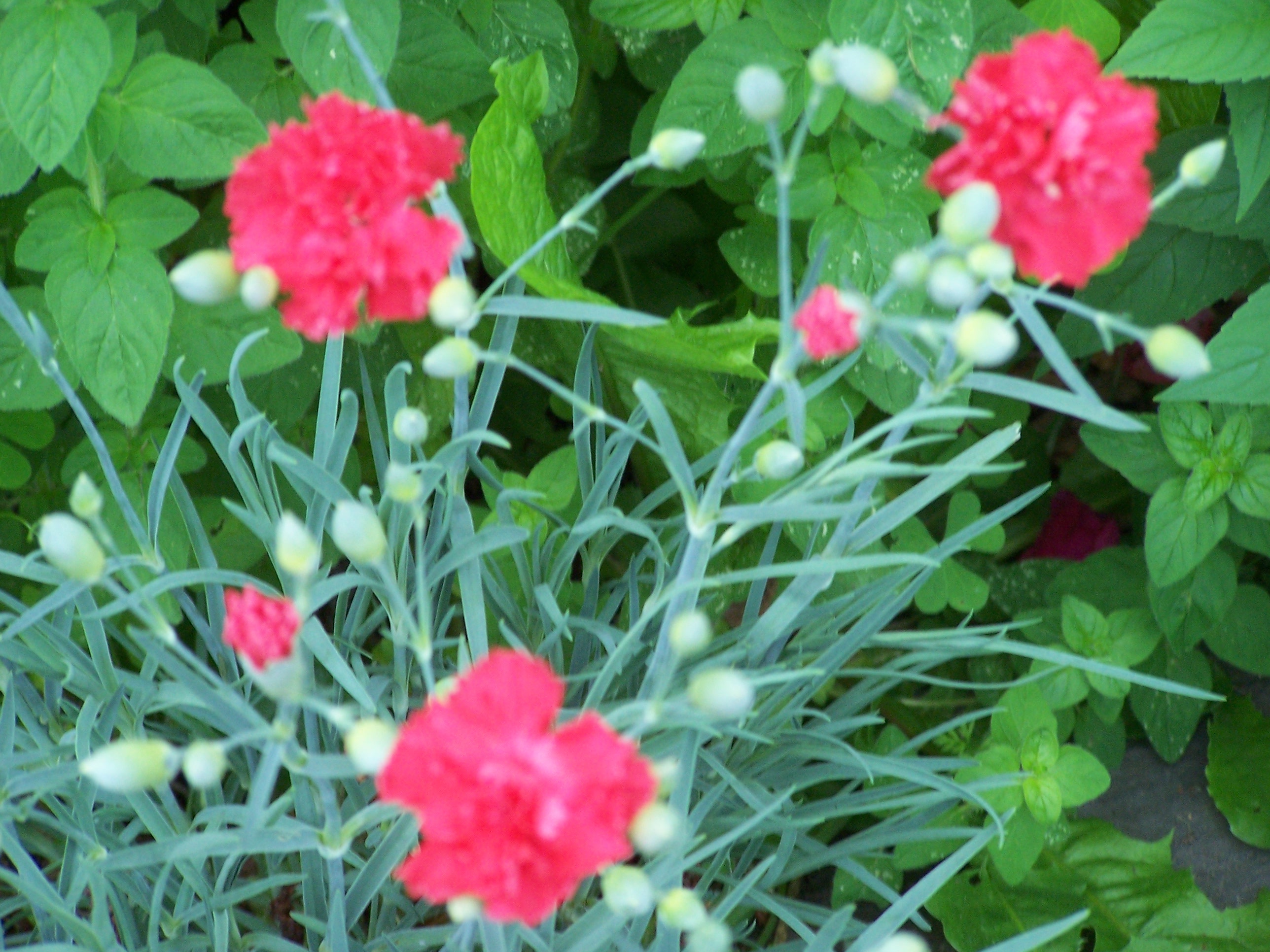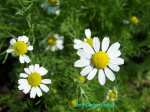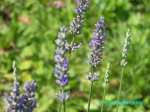Rose Herb Garden
Design Plant and Care
Aromatherapy Garden Design Biblical Herb Garden Edible Flowers
Roses are called the “Queen of Flowers” not only because
they are the most sought after, but the most widely planted in any herb garden.
This is a must for the serious gardener because the beauty of a rose and exquisite fragrance reigns supreme in any herb garden.
Known as the flower of love, inspiration, devotion, and gentle healing properties this rose is a “sacred flower of divine femininity” linked from Aphrodite, Venus and to the blessed mother Virgin Mary.
Design a Rose Herb Garden
In planting your rose herb garden, roses like a protected non-windy spot, with lots of sun and well drained loamy soil to grow and produce the most fragrant blooms.
During the winter time is the best time to plan on adding roses to your garden in the spring. Planning the site several months before planting the roses is recommened. Prepare the soil in the fall for spring planting. Incorporate as much organic matter as possible like manure, composted leaves, natural fertilizers such as rock phosphate, granite dust and bone meal when preparing the site.
First, study the catalogs to select roses that are made for your
temperate zone. Here in Vermont we are a zone 4 or
5 depending what region you're living in.
Next, create a herb garden design that will suit your
commitment to growing roses. If you’re like me and plant a wide variety of
herbs and vegetables than plant them in groups. A circle works best for my gardening style with plenty of air circulation between plants.
This @ symbol or a square or rectangular bed works nicely
with roses for simplicity. A square foot raised bed would make it even simpler. It's easier to keep the weeds out and under control.
Add tall herbs in the middle and ones that attract beneficial insects.
- Yarrow or Hollyhock (perennials) - Yarrow strengthens other plants
- Borage or California poppies (annuals)
Add small low growing and noncompetitive herbs for edging
- Any thyme variety – creeping thyme, boxwood or lavender low growing variety,
- Clove pink - dianthus
(perennials) - carnation
- Sweet alyssum, petunias, phlox, nasturtiums, Johnny-jump-ups (annuals)
Add design edging to reduce your maintenance chores
- Rocks and shape or flat stackable ones
- Plastic permanent edging to easily create curves
- Bricks or pavers
Then Plant The Roses
- Plant on a dry, slightly cool day with no wind if possible
- Have a bucket of water handy or a hose
- Dig a hole 2’ x 2’ wide and deep
- Make a little mound or place a rock in the center
- Soil requirements – see instructions with your shipment
- Scatter a little bone meal with plenty of manure
- Add 5-10-5 plant fertilizer
- Place the plant in the hole and cover with rich humus organic matter
- Wiggle the plant from time to time as you fill it in and water it
- Make sure there are no air pockets
- Tamp the soil down around the plant to keep the rose herb plant in place
Care Requirements
Spacing requirements for your zone
- New England ad North Central states Zone 3 1 ½ to 2 feet apart
- Northeast and North Central region Zone 4 2 to 2 ½ feet apart
- Mid-Atlantic and South-Central states Zone 5-7 2 ½ to 3 feet apart
- Deep South, Southwest, West coast, and Pacific Northwest Zones 8-11
- Grandifloras 3 to 4 feet apart
- Floribundas 2 ½ to 3 ½ feet apart
Climbing and rambling roses for a rose herb garden should be no
closer than 5 feet apart.
Finally, water well specially the first year and dead head in the summer then prune lightly in the spring.
Mulch in the fall for winter protection
Learn more about how to harvest and create gifts...Roses
Visit my shop at Vermont Lavender for
more gift ideas like rose sugar.

